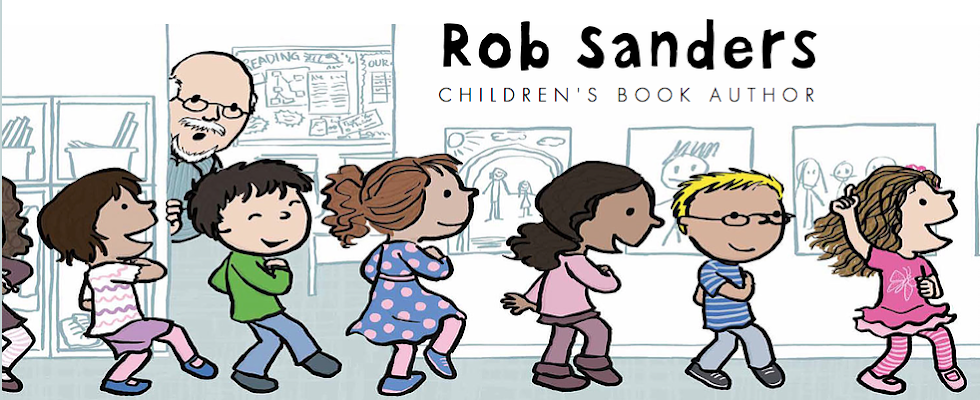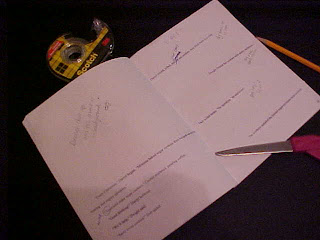Week of May 29, 2011—Lessons from My Mentors
Tuesday, May 31—Confessions of a Short Story Judge
Today is the first of three posts from Jamie Morris. Jamie is a writing coach, writing workshop leader, and developmental editor living in Central Florida. Co-presenter--with award-winning author Joyce Sweeney--of The Next Level Craft Intensives, Jamie also specializes in working with first-time authors, using what some call her "literary sixth sense." She shares her digs with two amazing feline pals, black-as-night Jake and his wild-and-crazy brother, Bertie Botts. Visit Jamie (and Jake and Bert) at http://www.woodstreamwriters.com/, or contact her directly at Jamie@WoodstreamWriters.com.
Once, at a horse show, I watched a pair of judges assess the relative merits of a ring full of huge, glossy Thoroughbreds, Quarter Horses, and other warm-blood hunter-types in a conformation class. Unlike most skill-based horse-show events, conformation ribbons are awarded to those animals who best meet the standards of excellence for the physical characteristics of their breed.
More like the Westminster Dog Show than a canine agility event, in other words.
On that afternoon, almost hidden in the forest of sixteen- and seventeen-hand high bay- and chestnut-colored hunters flanking either side of it, a tiny black-and-white Shetland pony arched its short, chunky pony neck. "How cute," the spectator closest to me murmured, "but how disappointed its little owner will be. There's no chance for her to get even a look-in with that sort of competition."
And yet, twenty minutes later, it was exactly that "little owner," a six-year old girl dressed in black and white to match her pony, who paraded her Shetland around the perimeter of the ring, blue ribbon oh-so-proudly affixed to its bridle, two big bays and a chestnut following behind with their second, third, and fourth place ribbons dangling from their astonished owners' hands.
No sentimental decision, the judges had weighed the equine contestants' attributes fairly. The Shetland pony, small and unassuming as it seemed amidst the tall, regal company, was in fact a perfect specimen of its type and well-deserving of the win.
Recently, I judged a short story contest. In four days, I read fifty-one stories that spanned a myriad of genres. Not Thoroughbreds and Shetlands, but fantasy, suspense, sci-fi, romance, and contemporary/realistic--as well as a single picture-book text.
Along with the stories, I was given a judging rubric: I was to assign each story a score on literary attributes like character development and dialogue; continuity and flow; descriptive language and imagery; and punctuation and grammatical correctness.
As a whole, the stories were competently constructed and smooth-surfaced. No doubt, these were writers that had studied their craft.
Yet, as I read through the three-thousand-words-or-less stories, I noticed some failed to engage my interest because they lacked a distinctive voice. Some delivered a strong enough voice, but the stories themselves were so predictable I could tell where they were headed before I'd clocked even a couple of paragraphs--while those that found a fresh approach did not, for the most part, complete a narrative arc.
And then there was the picture book!
In a quick, bright voice, the PB writer created an engaging pair of characters--a grandmother and her six-year old granddaughter--who found themselves in an exciting and unexpected muddle over the destruction of the grandmother's Sunday-best real-human-hair wig. Together, the characters struggled, they lost, they struggled some more--and then they triumphed!
Reading this story, I realized that the qualities I value most in a narrative work weren't even listed on the rubric!
In less than five hundred (grammatically correct!) words, the lone PB writer managed to incorporate three elements I now understand as vital for the success of even the shortest of narrative forms: (1) a distinctive voice, (2) a fresh, unexpected, or surprising story element, and (3) a complete narrative arc.
While the competitors' stories--like those big, beautifully burnished Thoroughbreds I admired so many years ago--might have had size on their side, might have boasted weightier topics or more sophisticated story structures than the unassuming little picture book, not one of them made it to the finish line with all of three of those important elements in place.
If this were a horse show, make no mistake, Grandma's real-hair wig would be sporting a brand-new, bright blue, First Place ribbon the next time she hoisted it atop her head and tottered up the aisle to her favorite pew.
It’s Your Turn! (Rob says so)
1. Look at your most recent manuscript. Does it include Jamie’s Big Three—a distinctive voice; a fresh, unexepected, or surprising story element; and (3) a complete narrative arc? Personally reflection is the key to improvement and growth. Go ahead, reflect!












